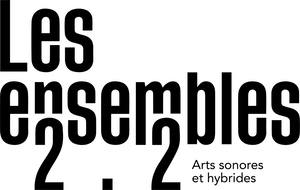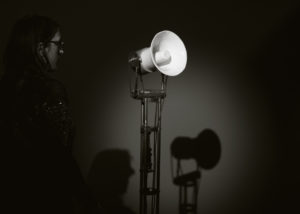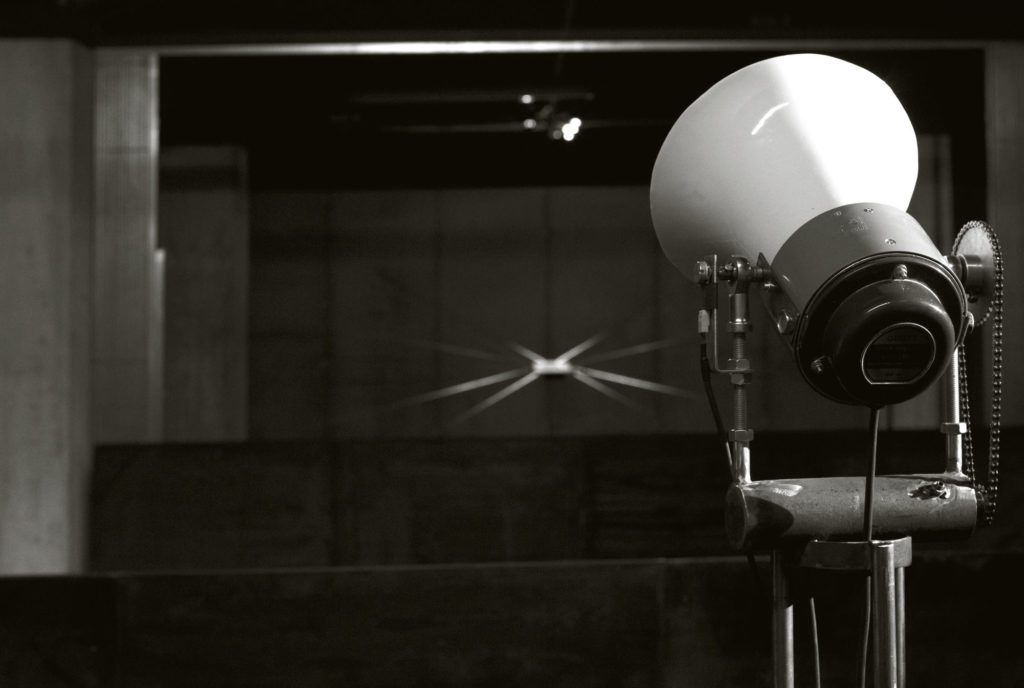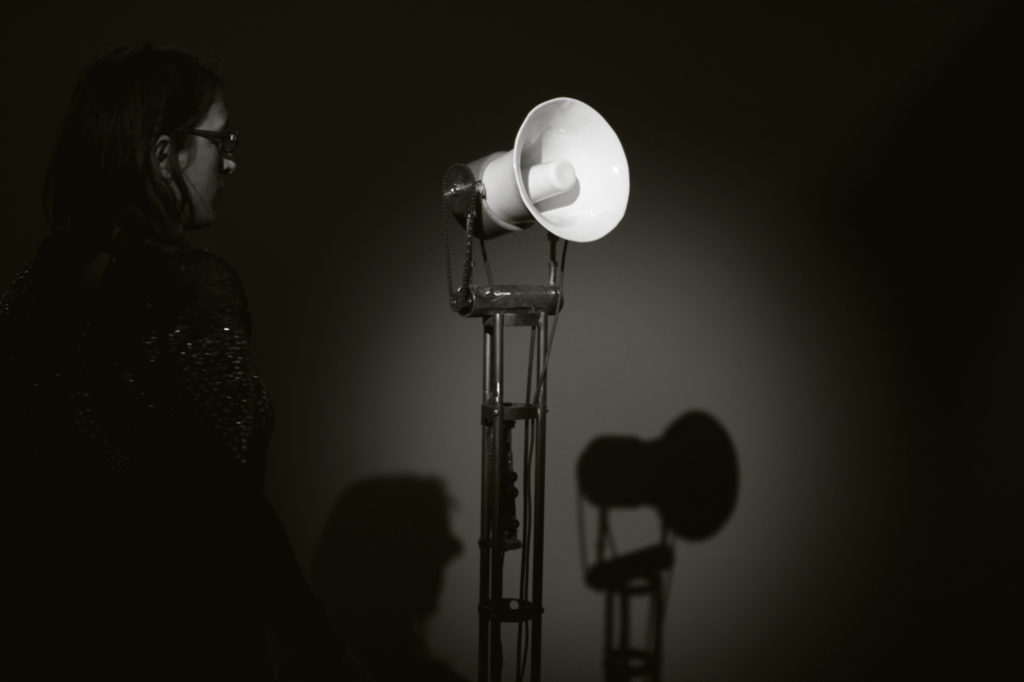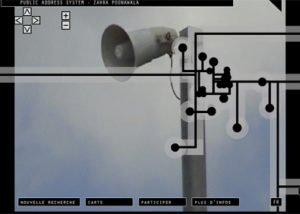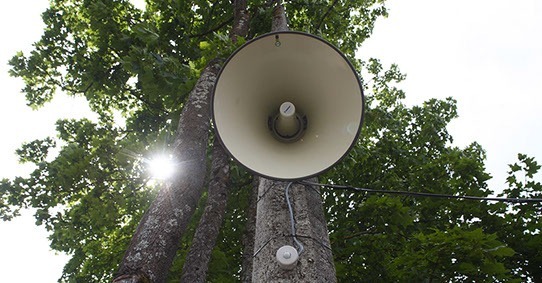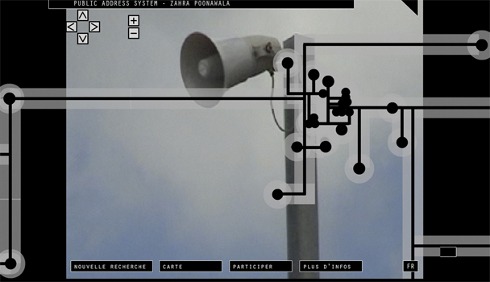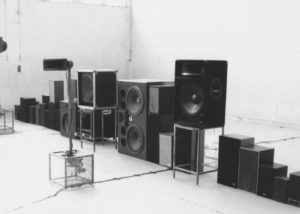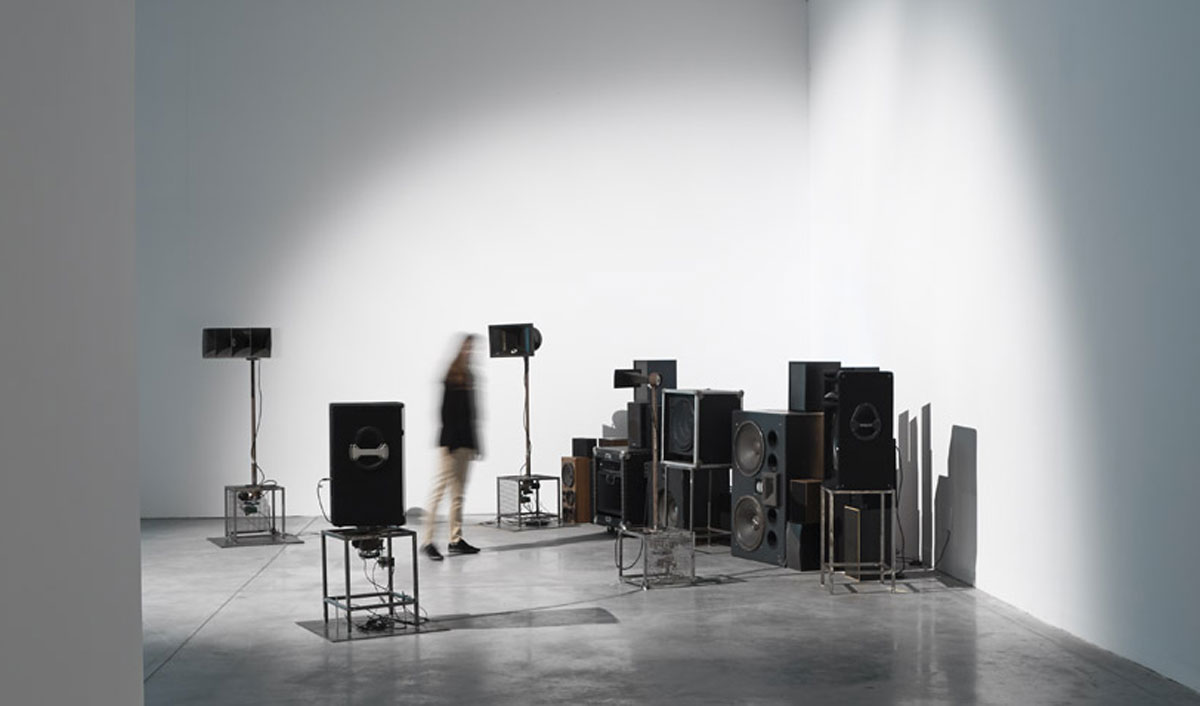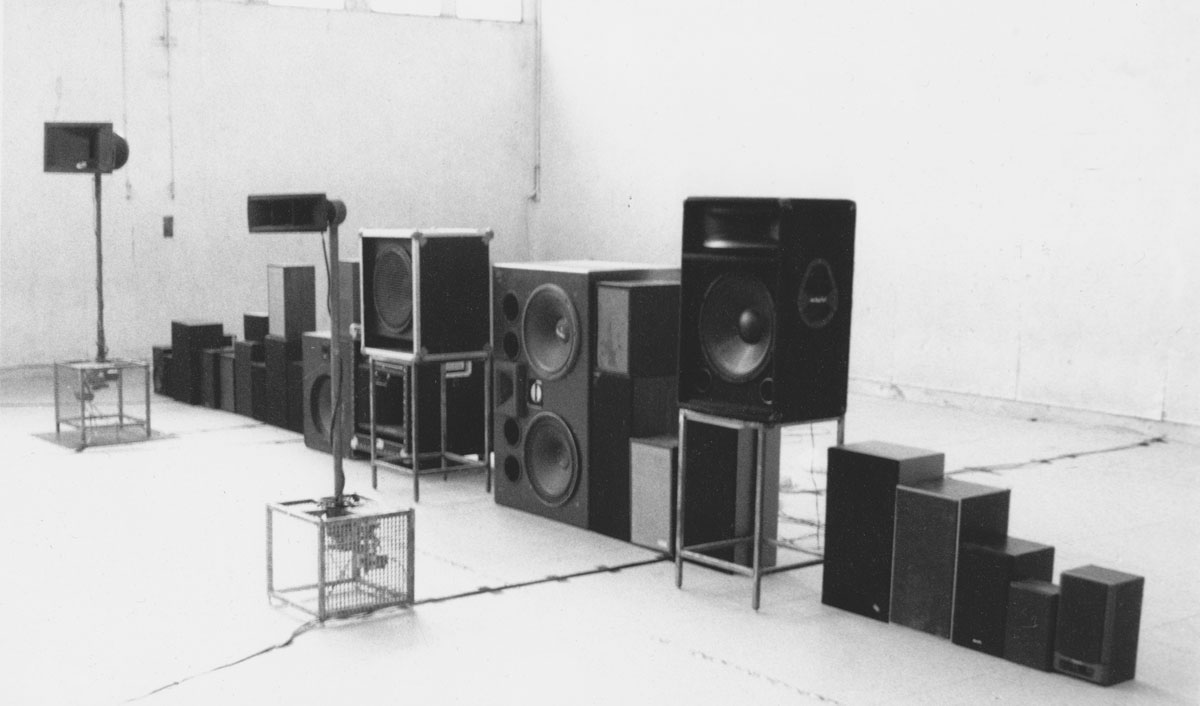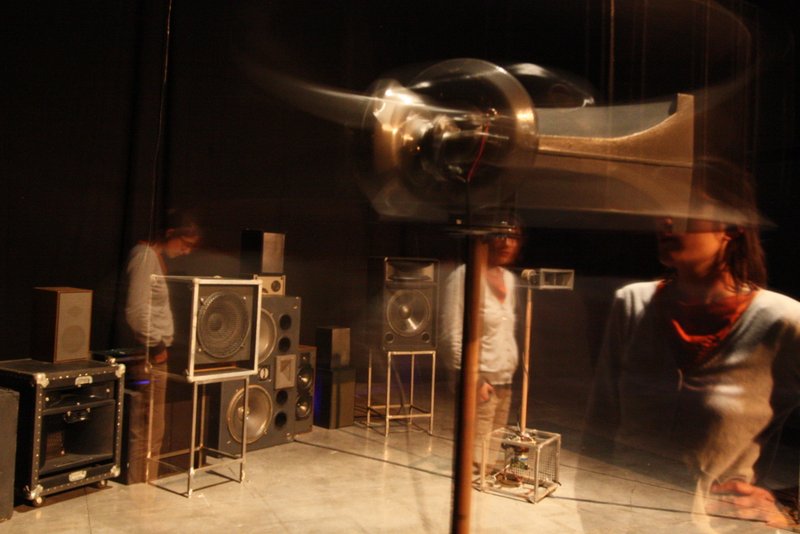LA BALLADE DU FOU
The project in brief:
With the Ballade du Fou, Zahra Poonawala provides a new opportunity to travel both inside and with a sound. The work is a continuation of previous works that already allowed sound to be heard not as an impenetrable surface, but as a volume to go through via movement and listening. These works, like Tutti, were also based on a dialogue between the movements of the spectator/listener and those of the sound objects. The result was an increased awareness of the plasticity of sound, of its living character.
In the Ballade du Fou, the sound configurations evolve according to the physical relationship between the spectator and the installation. As the spectator approaches, a ceramic loudspeaker comes alive and emits a song, that of a soprano, while following the spectator’s movement through its rotations. The composition of this ballad was entrusted to Gaëtan Gromer. By approaching or moving away, the spectator can make the music evolve: the soprano is ‘influenced’ by them, sometimes shy, sometimes inhabited, revealing a palette of different nuances and regional accents. The original classical lied is revealed under unexpected facets.
Credits
Design: Zahra Poonawala
Composition: Gaëtan Gromer
Soprano: Juliette de Massy
Studio recording: Benjamin Moreau
Poems: Feliz Molina
Poetry adaptation: Zahra Poonawala
Computing and detection: David Lemaréchal
Robotics and construction: Jean-Marc Delannoy
Computer music: Gaëtan Gromer
Ceramic framing: Solène Dumas and Artelineha
With the support of : DRAC Grand Est, Pro Helvetia, Swiss foundation for culture
